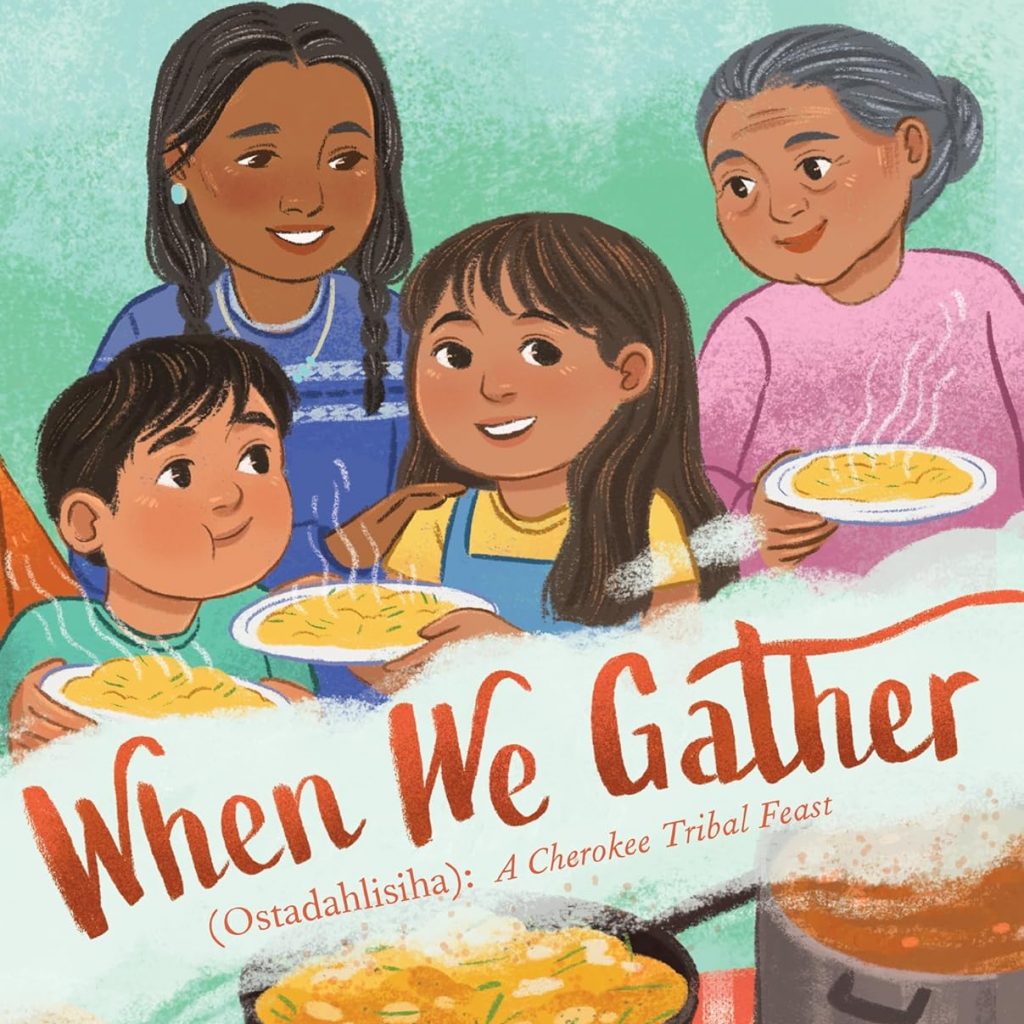
Picture Book Hikes are a fun and easy way to bring learning outside. Read a book (you can even read it outside!) and then enjoy the related hike, activity and snack suggestions!
When We Gather (Ostadahlisiha): A Cherokee Tribal Feast
Written by: Andrea L. Rogers, Illustrated by: Madelyn Goodnight
When We Gather (Ostadahlisiha): A Cherokee Tribal Feast is about a familiy foraging in the early spring for wild onions and then joining a feast at their local community center. I was excited to come across it because I am always looking for seasonal celebrations from different cultures and this is one I had not come across before. I also love wild onions in the spring, they are one of the first (if not the very first) edible plants to start growing, months before asparagus and strawberries even get started. They are an easy first forage with a pungent unmistakable onion smell. I can still remember gathering and playing with them as a kid (although my mom wrongly insisted they were poisonous..) and my kids love to collect them for their little fairy village markets. They even started “farming” them at one point. In fact, my oldest ran into the house the other day and exclaimed that it was time to start building a village because the oniongrass was up! This book is a lovely lyrical introduction to a Cherokee family tradition– the Wild Onion Dinner. Collecting the first wild onions is a beautiful way to welcome spring. It is also a gentle reminder to forage responsibly, protecting the earth and the animals that share it. It ends with a joyful community feast bringing everyone together. This is great book to include in spring celebrations.
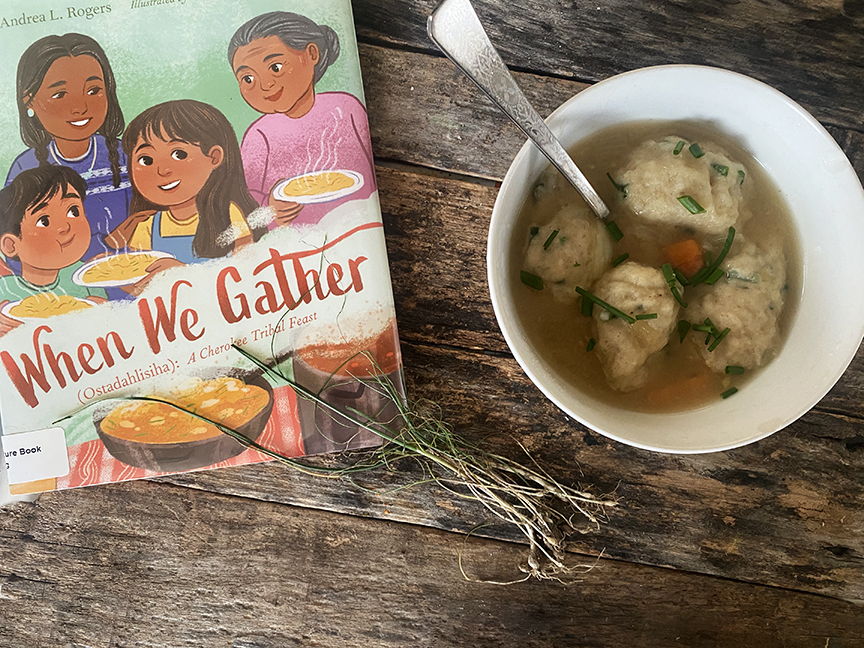
Hike:
Wild Onion Foraging Hike
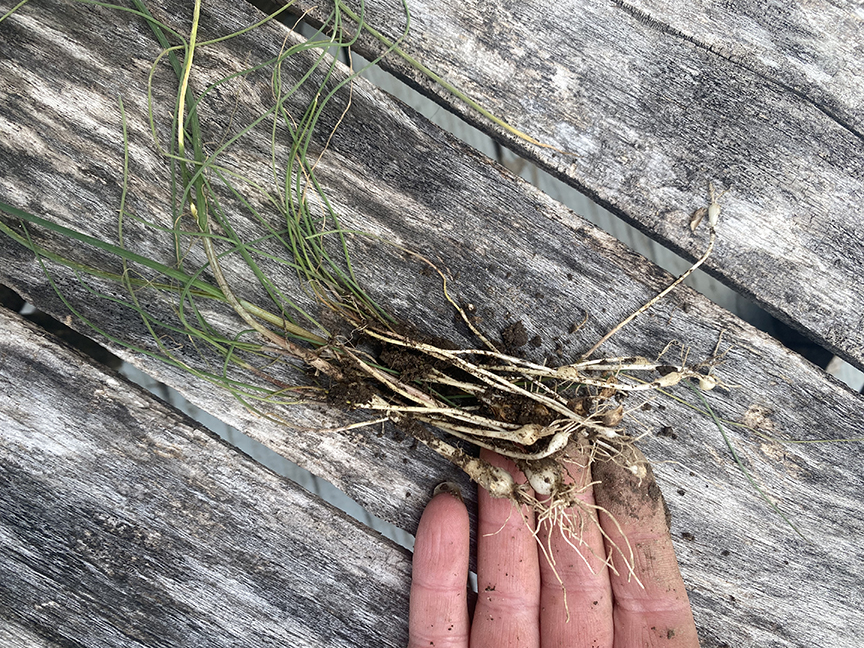
First read When We Gather (Ostadahlisiha): A Cherokee Tribal Feast, preferably while sitting outside on a nice warm spring day! Talk about carefully gathering wild food and harvesting responsibly. Grab some collecting baskets.
Next, start hiking. Wild onions grow in places that get some sun– so not deep in the woods, but they thrive in disturbed soil and around the edges of wooded places. They are also a common yard weed so you may not have to look far at all. If you are gathering wild onions for eating, be absolutely sure that the place you collect them hasn’t been sprayed with pesticides or herbicides and isn’t right next to a road (another place these weedy onions thrive). If you are collecting wild onions strictly for play then you can be a little less cautious. Always consult a knowledge forager and ensure that you are aware of dangerous look a-likes. Do not consume anything you can’t positively ID. if you find some wild onions, collect some responsibly, if not enjoy a lovely spring hike.
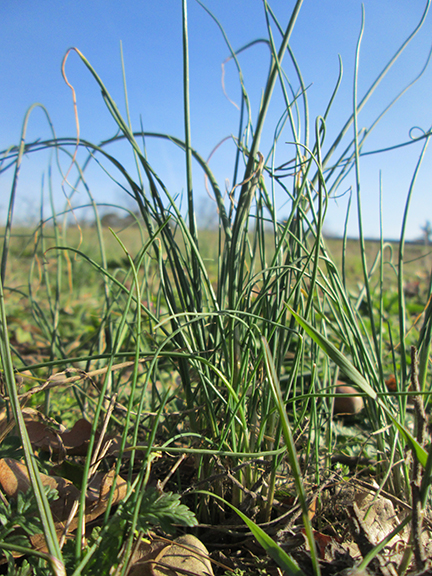
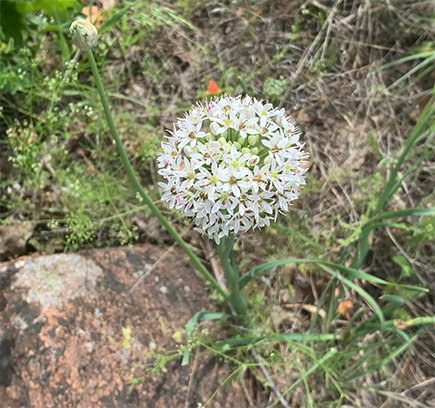
There are two main types of wild onions that grow in most of the US. They each have about 700 common names many of which overlap so it can get confusing to tell which one is which. Both of them are edible and oniony tasting and I forage both. (Although the book throws some shade on dog onions, I enjoy them!) Allium canadense, also known as meadow garlic or wild onion, is the wild onion referred to in the book. It has flat solid stems and an oniony smell. It is native to North America. The other common wild onion you are likely to come across is Allium vineale also known as dog onion, onion grass, and crow garlic. Onion grass has a round hollow stem and a similar oniony smell. It is native to Europe and wildly regarded as a weed in the US. Both types have a little onion shaped bulb underground.
The most commonly mentioned look-a-like is the death camas, Toxicoscordion venenosum, which you can probably guess is really bad news. It does not have an onion smell and primarily lives in the Western US. I don’t live in an area where it grows, but if you do be absolutely sure you can id a plant that has death/poison three different times in its name. I don’t think it looks all that much like a wild onion, but better safe than sorry when foraging wild foods.
In my experience kids LOVE to play with wild onions, they make excellent fairy food and are perfect for pretend markets and villages. I would allow some time at the end of your hike for creative play whether of not you intend to head into the kitchen afterwards.
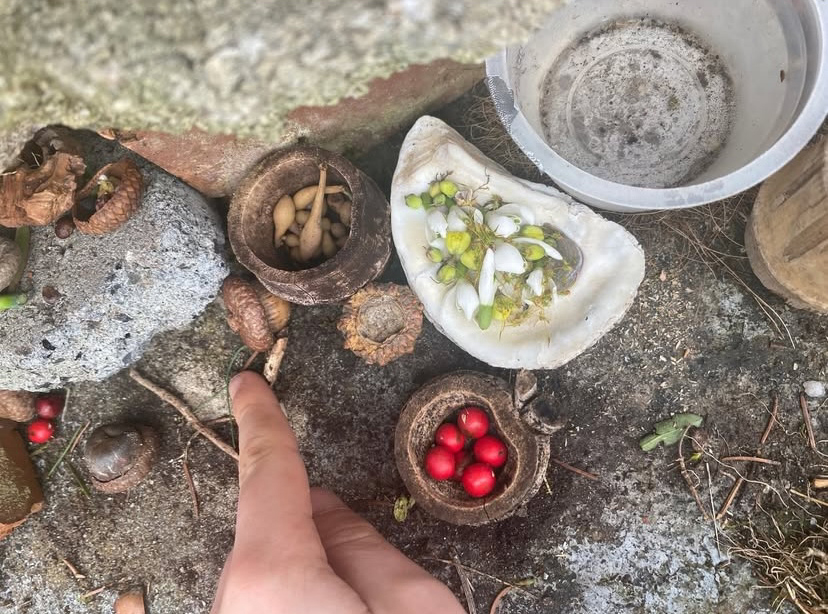
Snack:
Wild Onion Dumplings
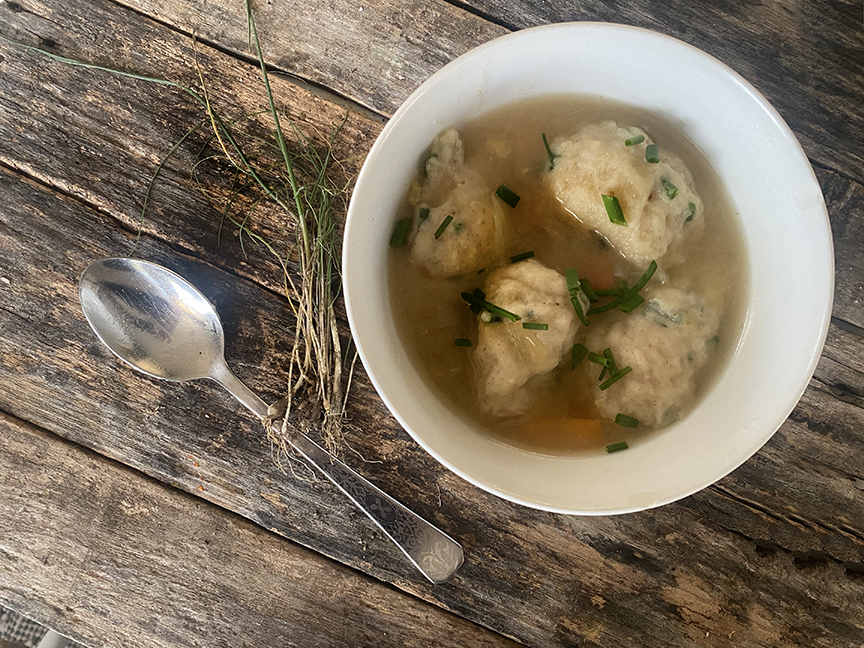
Typically, I like to do simple, portable recipes for the Picture Book Hikes so that you can take them on the trail with you. This is obviously an exception as it is not particularly portable. It is however, a delicious thing to eat after an early spring hike, which at least where I live still tends to be pretty chilly. I love dumplings and they are the perfect way to show off something delicate like wild onions. There are also a number of yummy looking recipes in the back of the book if you’d prefer to make the recipes the family in the book mentioned. In fact, it was probably the grape dumplings that started me thinking about making dumplings. This time of year is also matzo ball season. (which is a fast alternative, just add a handful of wild onions to your matzo ball mix and prepare as directed) Anyway, I had not attempted dumplings since discovering I am a celiac, so it was nice to bring this recipe back into my repertoire. You can obviously just add chopped wild onions to any dumpling recipe your family likes, and if you want to make this recipe with wheat flour, swap out all the flours listed for 1 cup of AP flour and add a little more milk. These were great and just like I remembered right out of the pot, they didn’t quite have the structural stability of wheat dumplings though and eventually fell apart. I might try adding an egg next time.
Ingredients:
- 4-6 cups broth of your choice (chicken or veggie)
- chopped carrots, onions and celery (optional, but yummy)
- 47 grams light buckwheat flour
- 37 grams oat flour
- 23 grams sorghum flour
- 20 grams potato starch
- 20 grams tapioca flour
- 2 tsp baking powder
- 1/2 tsp coarse salt
- scant 3/4 cup milk
- a handful (1/4 cup-ish) chopped wild onions
Method:
Bring the broth to a boil and lower to a simmer. Add the veggies if using and let them cook through.
To make the dumplings, stir together the flours, starches, baking powder, salt, milk and wild onions in a small bowl. Let sit for 10 minutes so that the liquid absorbs. If it’s still runny after 10 minutes add a little more flour until it has teh consistency somewhere between a biscuit and a pancake batter.
Drop the batter a spoonful at a time into the simmering broth. Cover and cook for 5 minutes without lifting the lid.
Remove the cover and spoon dumplings and broth into bowls, eat right away or the dumplings will eventually fall apart.
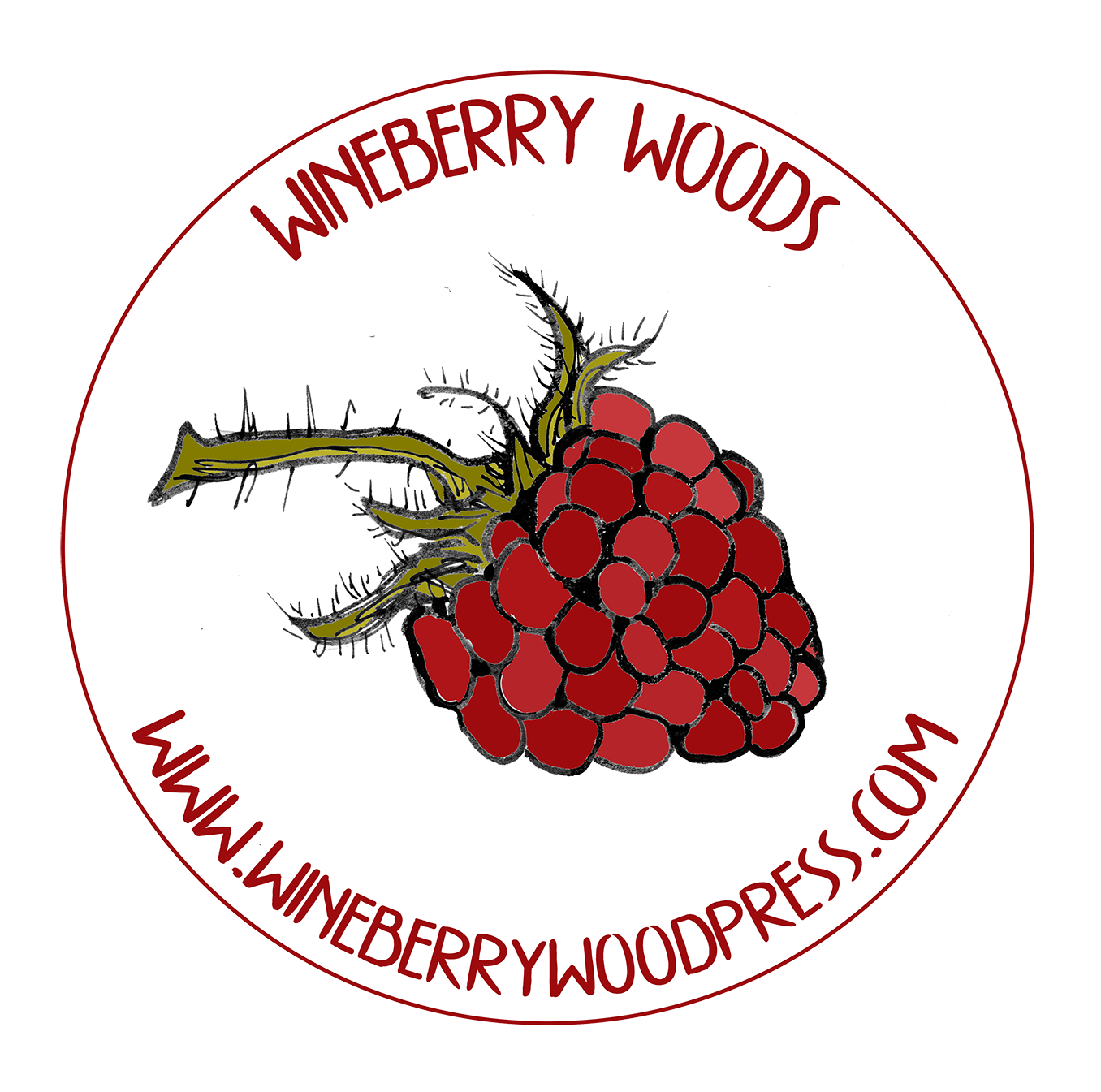
[…] love scallion pancakes. I probably still had wild onions on the brain after reading When We Gather too. So when I saw that pancakes are a traditional Ching Ming food, even though it’s a […]